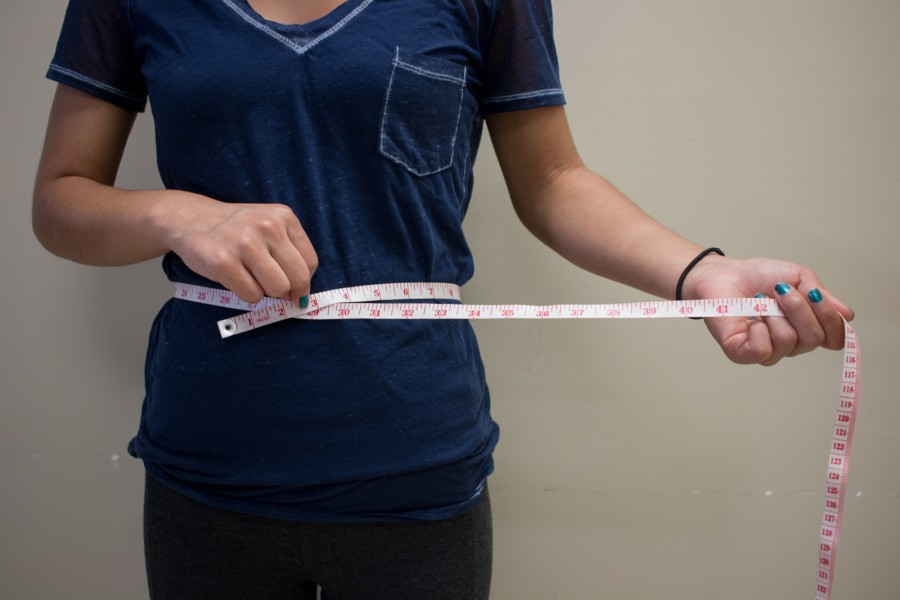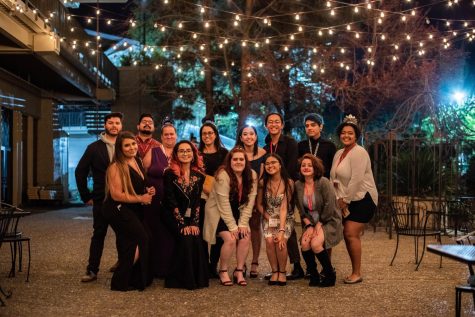Media affects how women view their body image
Jordan Sweidan/The Skyline View
Social media creates room for women of all sizes to constantly monitor body weight and dimensions.
What is shown in the media impacts the way women view themselves.
In social media, what do you see? Kardashians, left and right. Victoria’s Secret models. Celebrities’ selfies. Is this a good thing? Not really.
The problem is that only certain body types are being exposed to the public, so many believe that those bodies are the only acceptable type.
Some believe that there is nothing wrong with showing very slim women and very muscular men on television and various media because, after all, sex sells. But they are wrong. Being trained to think that there are certain body types for certain genders, ages, and heights can make an individual obsess over body image, which can result in health issues.
Plus-size model Ashley Graham stunned the world last November when she appeared on the runway during New York Fashion Week while wearing her lingerie line. In photos displayed across the internet, Graham wears a two-piece lingerie outfit, and is rocking it.
Graham is a body activist who encourages people to love the body shape they were born with. The hashtag she uses, #beautybeyondsize, features women of all sizes embracing their curves, no curves, big butts, no butts, and everything in between on social media.
Recently, Graham’s Lane Bryant commercial was denied by several networks. In this unaired commercial, Graham is shown almost completely nude with other full figured women. This is frustrating to many, because it seems like she only got denied because of her figure.
I don’t think her commercial should have been denied, similar Victoria’s Secret commercials featuring plus sized women have been aired frequently in the past. It really makes one wonder why a commercial starring women with a different body type gets so much criticism.
According to nationaleatingdisorders.org, 80 percent of Americans watch over three hours of television per day, and experimental studies have linked thin body image ideals in the media to body dissatisfaction. This can lead to eating disorders among women. This comes as no surprise, since media basically showcases what is “acceptable” and what is not.
Some go to great extents to take control when they are not happy with how they look. The thing they can control is their intake of food. Many stop eating for periods of time, while others binge eat and regurgitate.
Westminstercollege.edu states that in recent years, women’s body sizes have grown larger while the standard that society portrays is much thinner. According to the site, many of the models shown on television and other forms of social media are approximately 20 percent below ideal body weight.
So what does this mean for the people consuming the media? They are being exposed only to the small percent of people who actually fit those standards. In reality, those super models shown on TV and other forms of media don’t even look like that themselves. Their original images are distorted and airbrushed to show no flaws or imperfections.
According to healthyhorns.utexas.edu, the average American woman is about 5 feet 4 inches and weighs about 140 pounds, while the average clothing size for women is between 12-14. This is why I believe we need more body activists and models like Ashley Graham, who embraces not only her body type, but encourages others to do so as well. She is not only rooting for the full figured women, but every body type.









